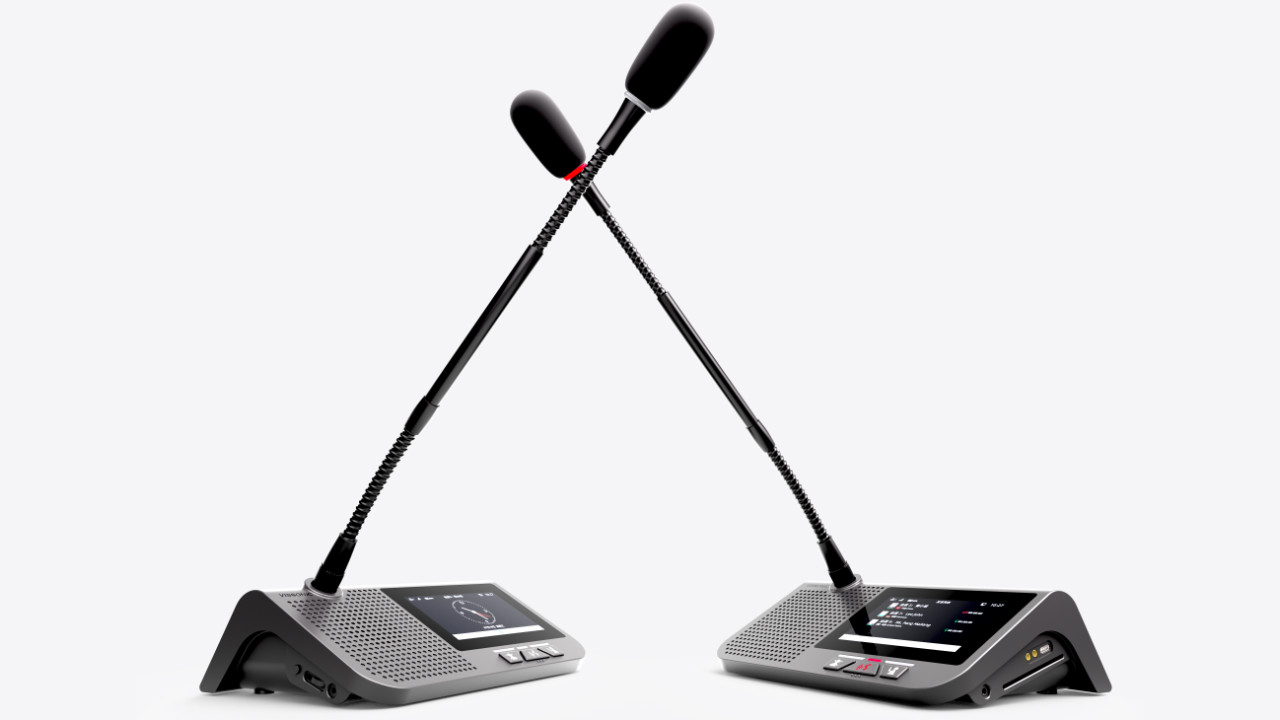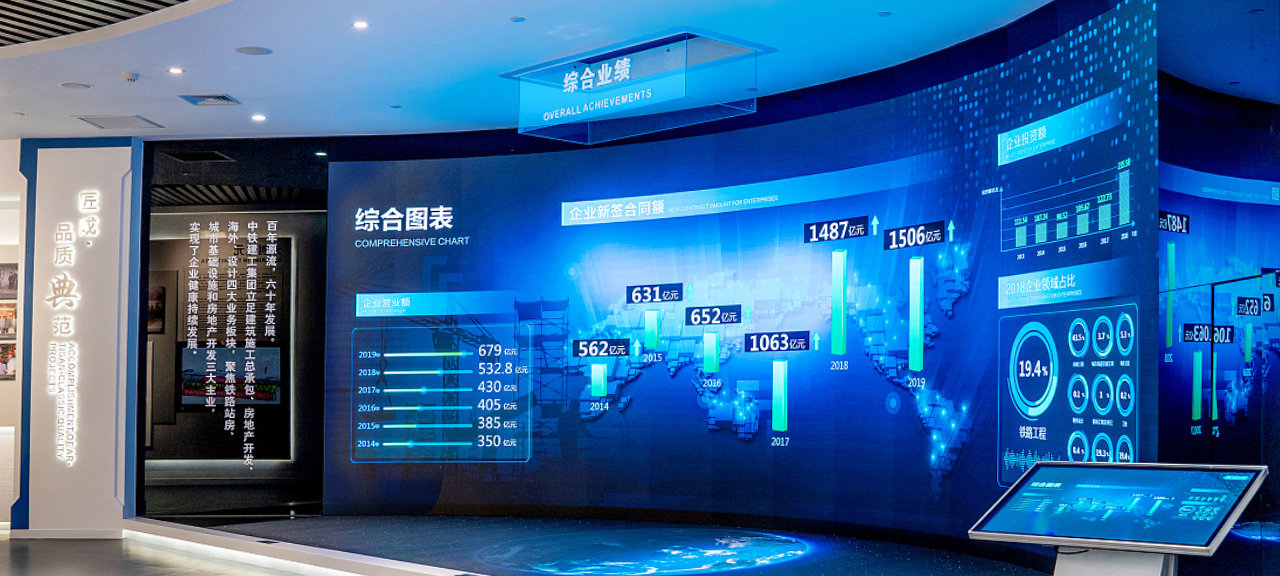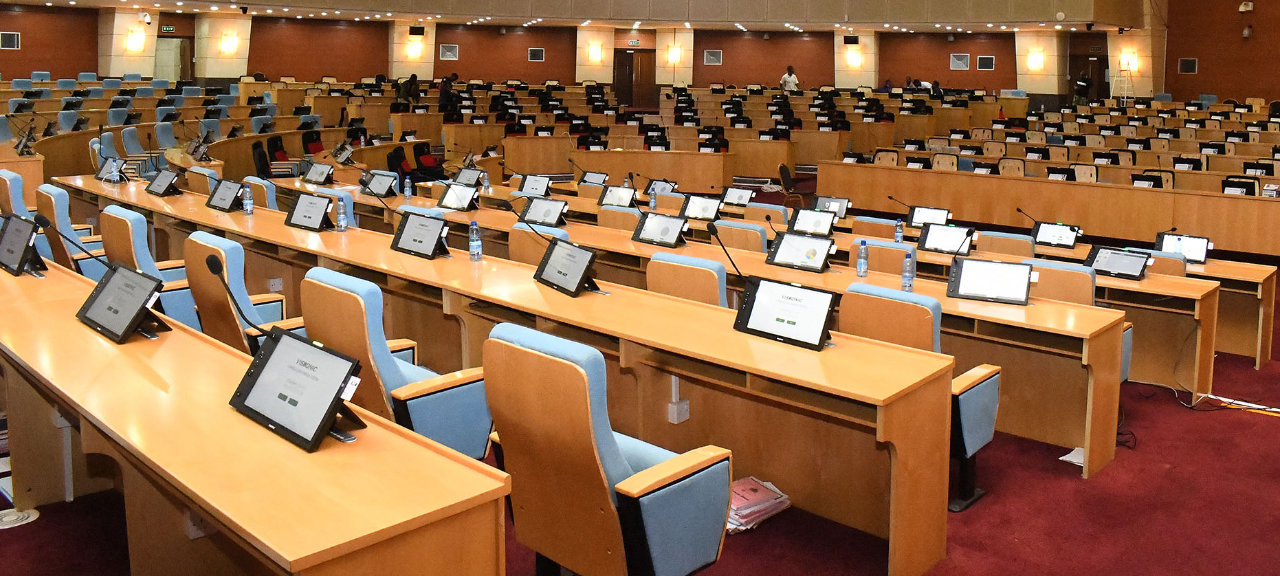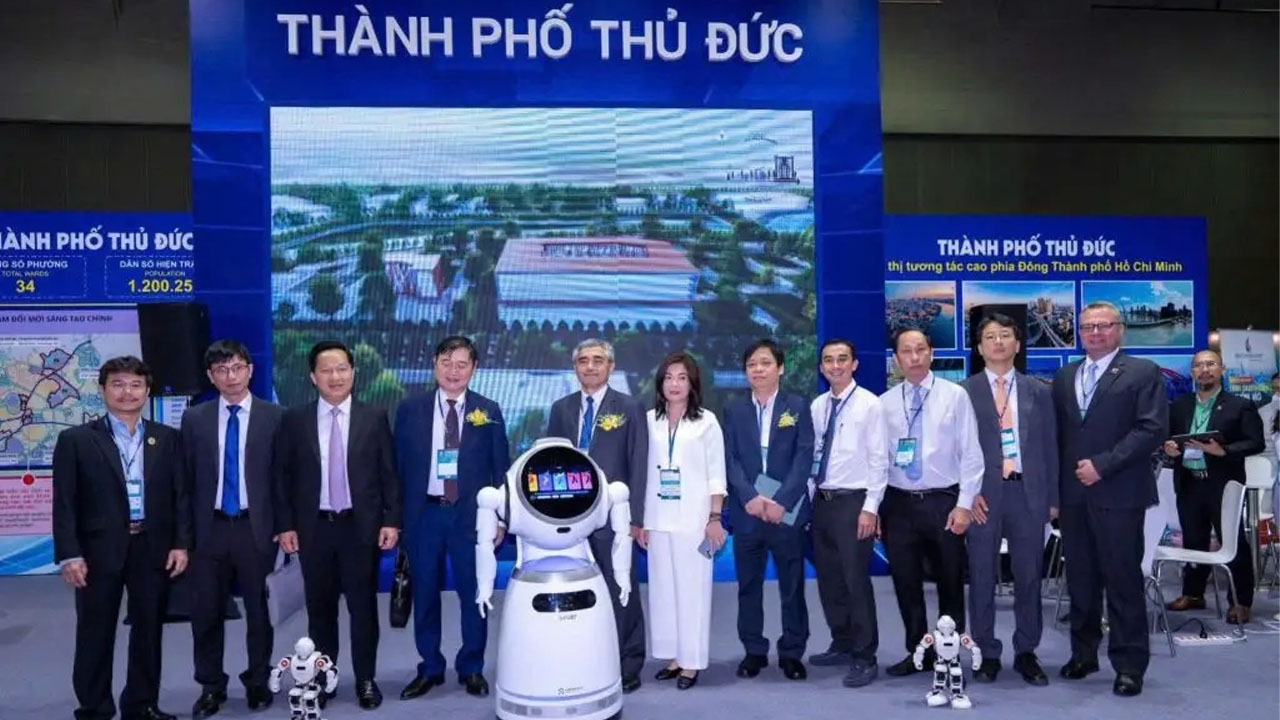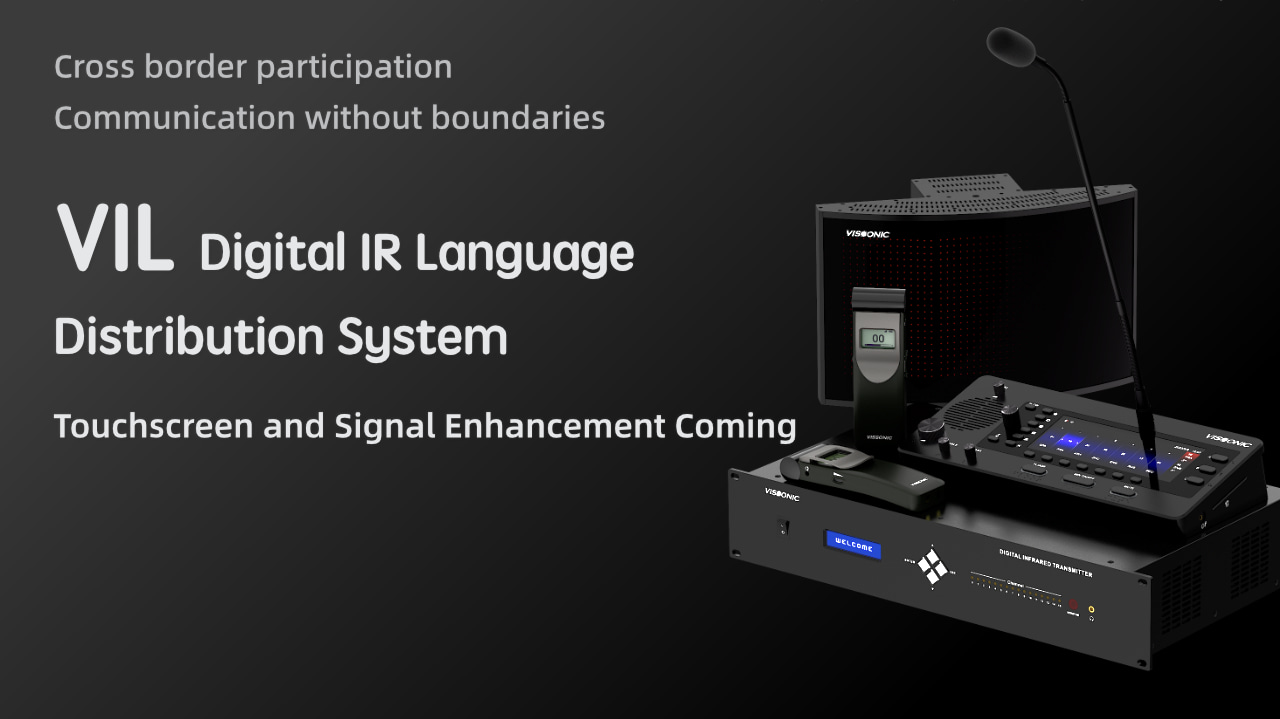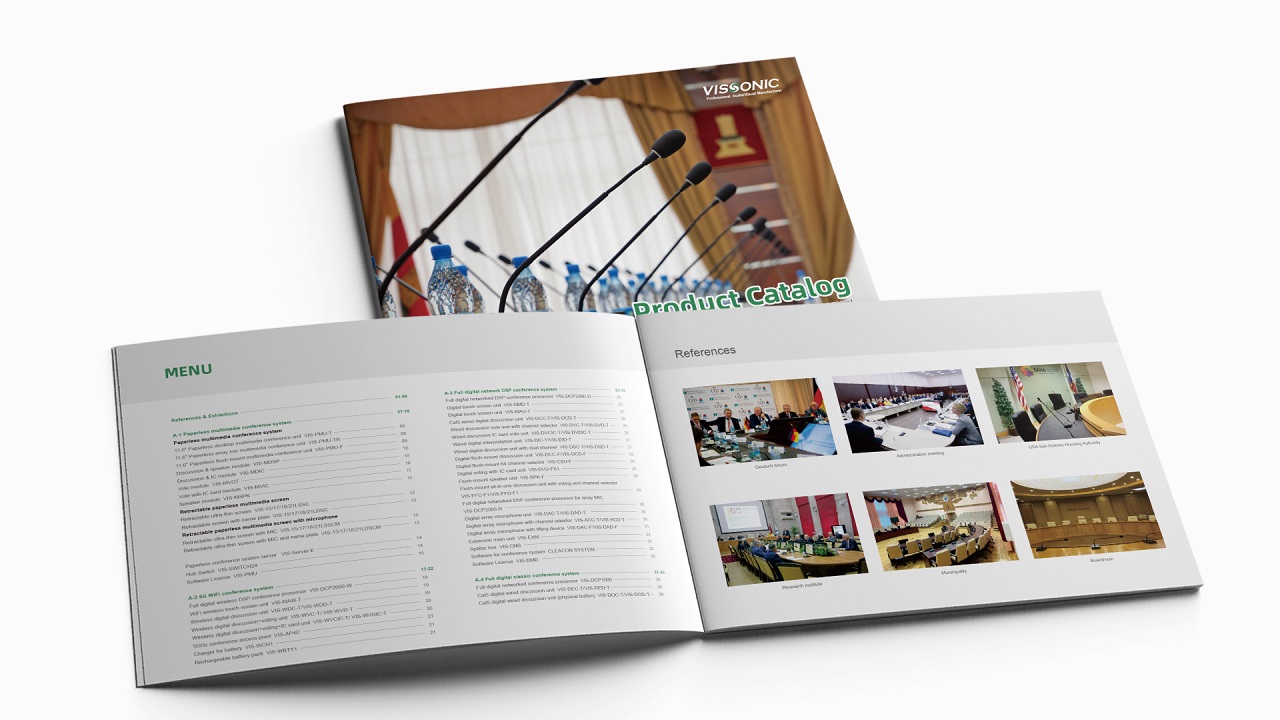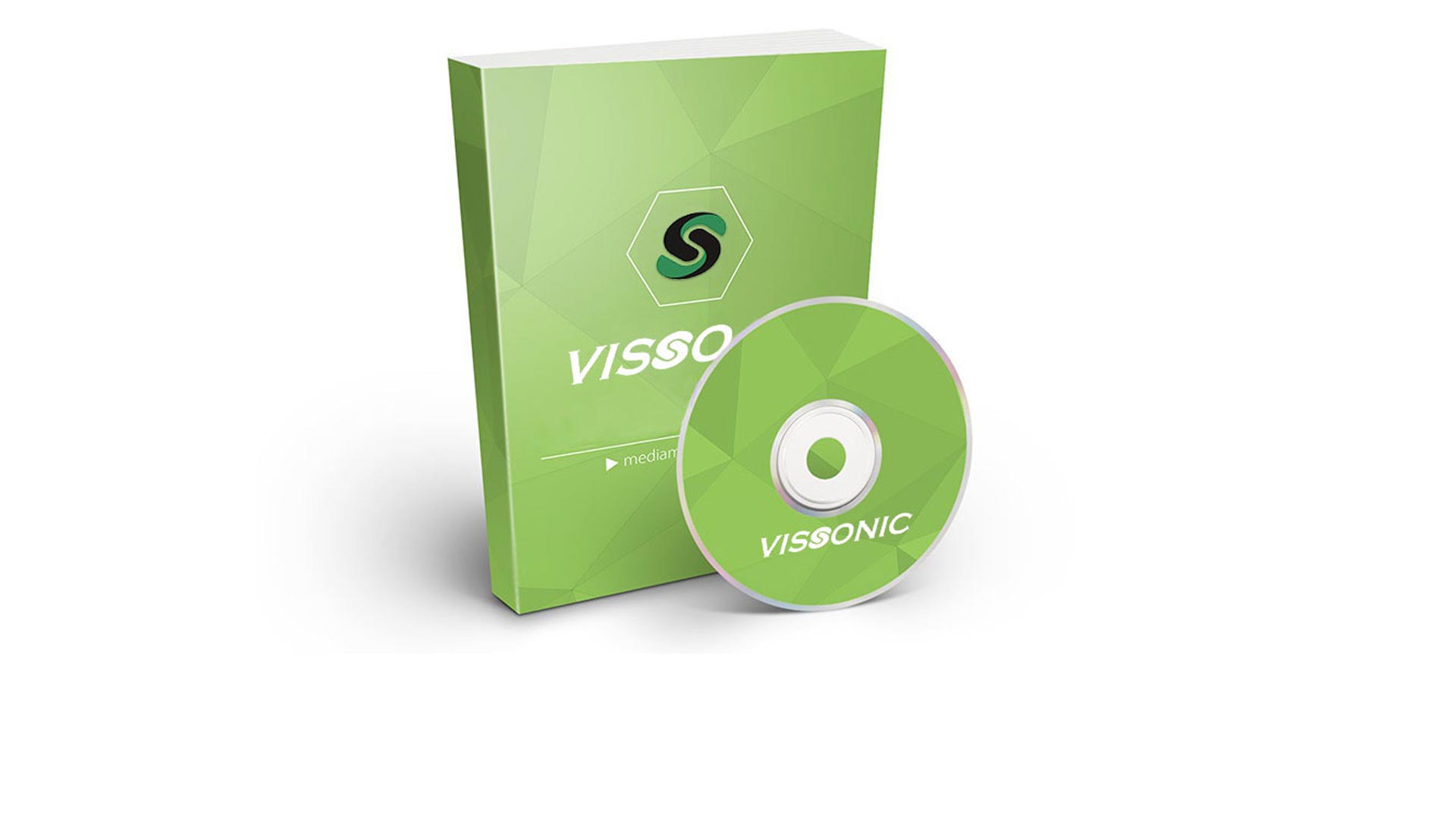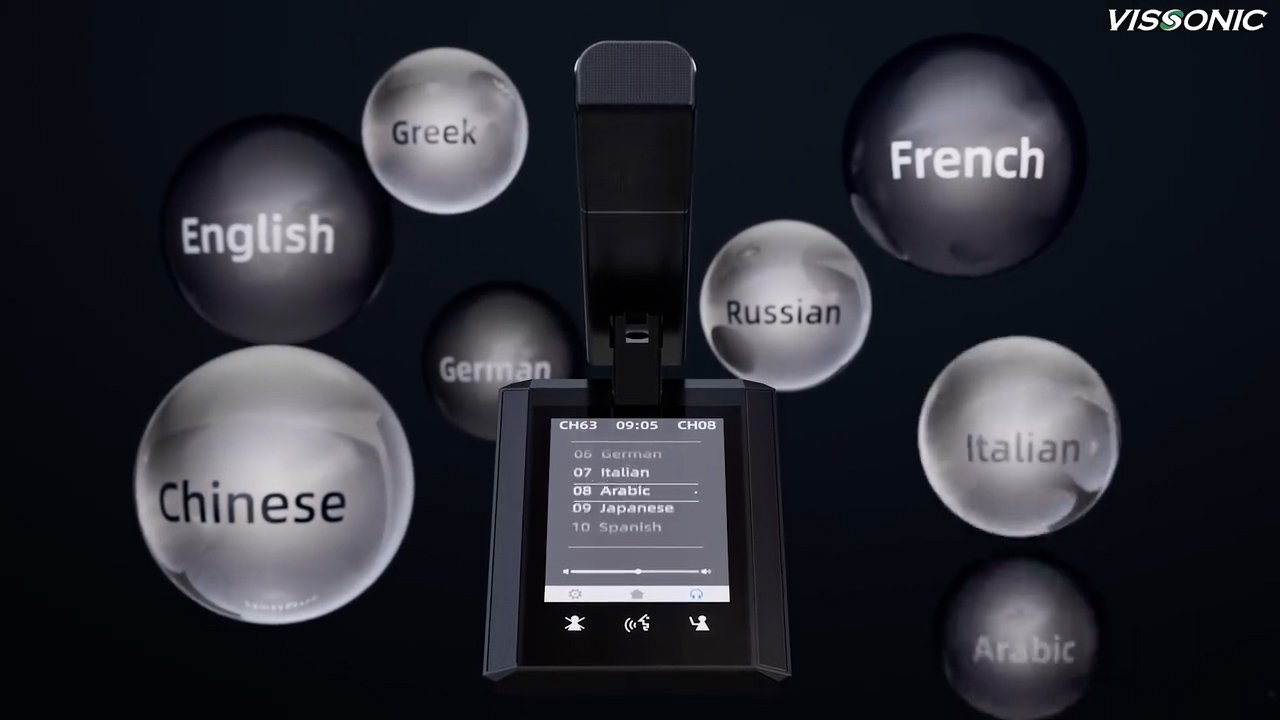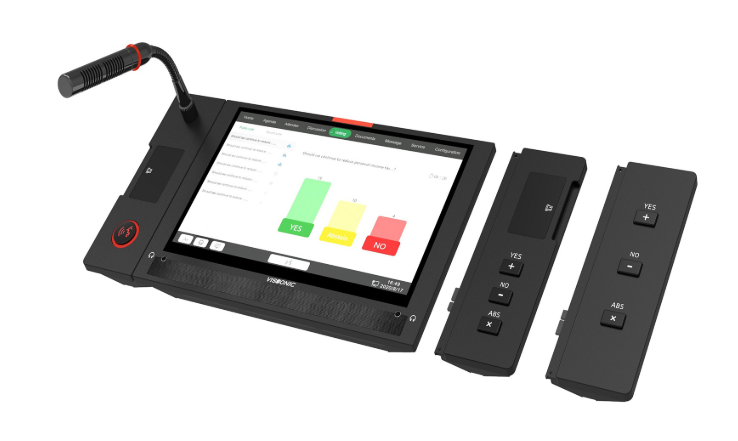The Future Prospect of Paperless Conference Systems
The transition to paperless solutions is reshaping the way businesses and organizations conduct meetings and conferences. With increasing demands for sustainability, efficiency, and cost-effectiveness, paperless conference systems have become a powerful tool in the digital transformation of corporate events. As technology continues to evolve, so too does the potential of these systems. This article explores the future prospects of paperless conference systems, examining emerging trends, advancements, and the growing role they will play in enhancing business practices and sustainability.
The Growing Demand for Sustainable Practices
As organizations across the globe face mounting pressure to adopt sustainable practices, the need to reduce paper consumption has never been greater. Traditional paper-based conferences often contribute to significant environmental waste, both in terms of printed materials and the energy used in their production and distribution. Paperless conference systems offer a simple yet powerful solution to this issue by eliminating the need for printed agendas, reports, handouts, and other documents.
In the future, more companies will embrace digital tools to reduce their environmental impact. The paperless trend aligns with global sustainability goals, and as organizations work towards achieving carbon neutrality, digital conference systems will become an essential part of their strategy. With the continued development of eco-friendly technologies, the future of paperless systems will not only reduce paper waste but will also contribute to lowering carbon footprints, making these systems a long-term solution to corporate sustainability challenges.
11.6" Paperless Flush-mount Multimedia Conference Unit
Integration of Advanced Technologies
As technology advances, so too will the capabilities of paperless conference systems. The integration of cutting-edge technologies such as artificial intelligence (AI), augmented reality (AR), and the Internet of Things (IoT) will revolutionize the way conferences are conducted, making them more interactive, engaging, and efficient.
1. Artificial Intelligence for Personalized Experiences
In the future, AI will be used to personalize the conference experience for attendees. AI algorithms will be able to analyze participant preferences, past behaviors, and engagement patterns to suggest relevant sessions, workshops, or networking opportunities. This level of personalization will enhance attendee experience and ensure that each participant derives the maximum benefit from the event.
Moreover, AI can be used to automate administrative tasks, such as scheduling, content delivery, and even translation services. By automating routine processes, AI can free up time for organizers and participants, allowing them to focus on meaningful interactions and discussions.
2. Augmented Reality for Immersive Presentations
Augmented reality is another technology that will shape the future of paperless conference systems. AR can bring presentations to life, allowing speakers to overlay digital content onto physical spaces. For instance, instead of simply presenting slides on a screen, speakers could use AR to project 3D models or interactive visualizations, providing attendees with a more engaging and immersive experience. This kind of innovation will not only enhance the effectiveness of presentations but also create a more dynamic and memorable conference environment.
3. IoT Integration for Seamless Connectivity
The integration of IoT in paperless systems will enable seamless connectivity across devices and platforms. IoT-enabled smart devices can automatically sync with conference materials, such as agendas, documents, and presentations, ensuring that attendees always have up-to-date information at their fingertips. Additionally, IoT can enable real-time tracking of attendees, helping organizers to optimize logistics, personalize experiences, and enhance security during events.
Increased Accessibility and Global Reach
One of the most exciting prospects for paperless conference systems is their ability to enhance accessibility and enable global participation. As digital tools continue to improve, conferences will become more inclusive, allowing individuals from around the world to participate without the need for travel. This opens up opportunities for people with disabilities or those in remote areas who might not have been able to attend physical conferences in the past.
Furthermore, the ability to host hybrid conferences—where both in-person and virtual attendees can interact and participate in real time—will become a standard feature of paperless systems. With advanced video conferencing, real-time document sharing, and interactive features, paperless systems will enable seamless communication between geographically dispersed participants, facilitating greater collaboration and knowledge sharing.
Enhanced Security and Data Privacy
As the volume of sensitive information shared in conferences grows, so does the need for robust security measures. The future of paperless conference systems will prioritize data protection and privacy. Innovations in blockchain technology, end-to-end encryption, and secure authentication methods will ensure that confidential information shared during meetings remains protected from cyber threats.
With cybersecurity concerns becoming more prevalent, especially in industries such as healthcare, finance, and law, the integration of secure technologies will be crucial to building trust in paperless systems. Attendees will expect the same level of security they would have in a physical meeting environment, if not more. In the future, paperless conference systems will not only meet but exceed current security standards, ensuring that sensitive discussions can take place in a safe, encrypted digital space.
Cost Efficiency and Operational Flexibility
The financial advantages of paperless systems will continue to be a driving force for their widespread adoption. As organizations strive to reduce operational costs, the move away from paper-based processes will become increasingly attractive. The savings on printing, shipping, and storing physical materials can be redirected into more strategic areas such as technology, staff training, and marketing.
Additionally, paperless conference systems provide greater flexibility in how events are organized and executed. Event organizers will have access to powerful digital tools that can manage everything from registration to attendee engagement, scheduling, and feedback collection. This streamlining of operations will enable organizations to host more efficient and dynamic conferences, ultimately leading to better outcomes for both organizers and participants.
The Role of Artificial Intelligence and Automation
Artificial intelligence and automation will continue to play a transformative role in paperless conference systems. AI can help automate a variety of tasks, from generating customized agendas to analyzing attendee behavior and providing actionable insights. Machine learning algorithms will enable event organizers to predict attendee preferences, optimize session schedules, and even suggest personalized content to individual participants based on their interests and past interactions.
Automated feedback systems will allow organizers to assess the success of an event in real time and make adjustments if needed. Post-event analytics will provide valuable data on attendee engagement, session popularity, and overall satisfaction, helping organizations improve future conferences and meetings.
Conclusion
The future of paperless conference systems is bright, as technological advancements and sustainability efforts continue to drive their adoption. By embracing digital solutions, organizations will be able to streamline their meetings, reduce costs, enhance collaboration, and improve the attendee experience. The integration of emerging technologies such as AI, AR, and IoT will elevate the capabilities of these systems, making them more immersive, efficient, and accessible than ever before. As paperless systems become more prevalent, they will not only simplify complicated meetings but will also set new standards for how conferences are conducted in a digital-first world.

